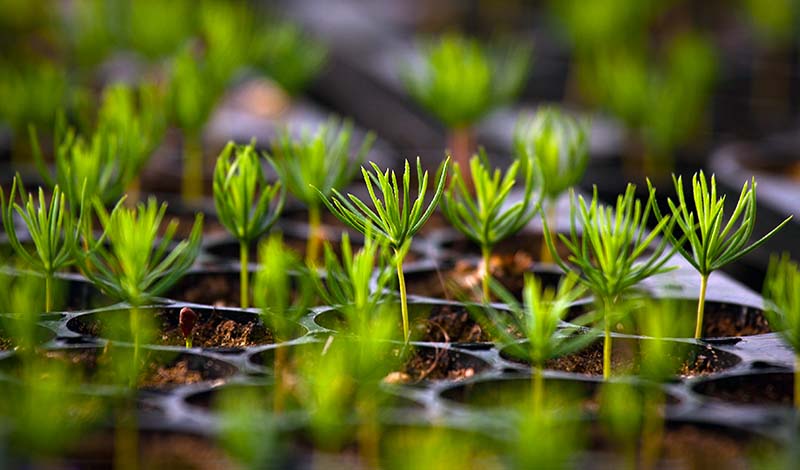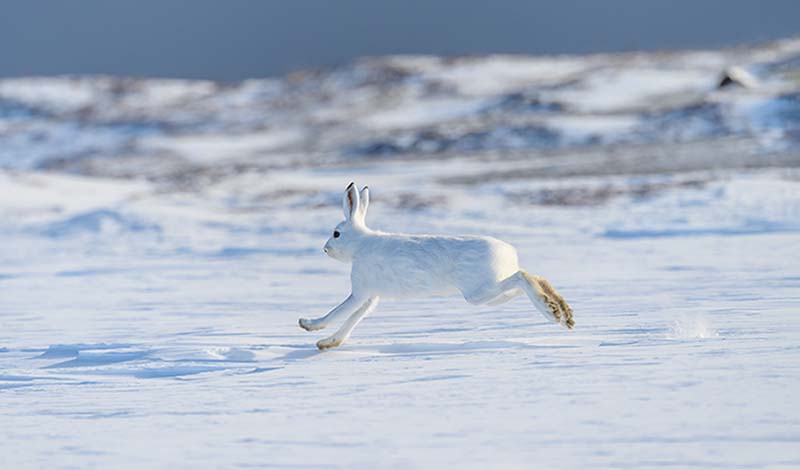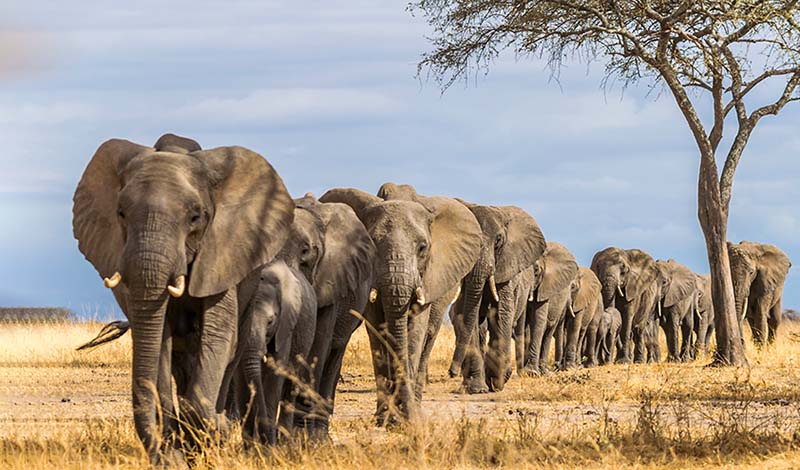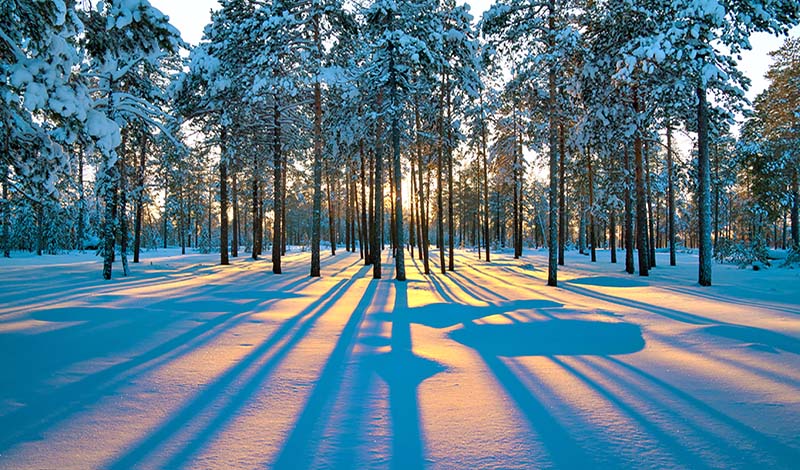
1.5-minute read
A breath of fresh air, a drink of clean water, a cool patch of shade, a safe home for hatchlings—the planetary perks provided by forests and trees are undeniable. Across the United States, there is a potential to reforest 133 million acres. Planting just half of that acreage by 2040 would require an astronomical 34 billion tree seedlings. Getting from seedling to sapling to reaping full forest benefits requires an essential first ingredient—seeds; and right now, there is a nationwide shortage. As a result of record-breaking fire seasons and climate change-induced drought across the Western states, including Texas, California, Oregon, and Washington, seed banks are almost empty.
To help meet national reforestation goals, our planting partners, American Forests, are launching the Seed Collection Corps to replenish seed banks and ramp up seedling production. By training people how to collect, process, and store native tree seeds, American Forests is making a critical investment in the planet so that forests that nurture the health and well-being of people and wildlife have a fighting chance at survival.
Big bucks for regreening
There’s even more tree-mendous news for 2022. Thanks to the REPLANT Act becoming law, America’s forests will get their fair share of funding: $425 million for post-fire recovery, $200 million for a national seed and seedling strategy, $100 million for the Collaborative Forest Landscape Restoration Program, $1.5 billion for state and private forestry, and $200 million for tribal restoration priorities.
At Favorite World Press, we’re beyond pleased to support national reforestation projects by planting one tree for every print or e-book sold from Frankie and Peaches: Tales of Total Kindness. Thanks so much for reading with us. Thanks so much for planting with us.
And a few quick ease-into-Monday items
According to a new study out of the University of Michigan, there are close to 73,000 tree species on Earth, including about 9,200 yet to be discovered. Who knew? Now you do!
If you need even more green goodness in your life, you can now green your Wordle. Fill in the environment and climate change-related blanks here.
Would you like to soothe yourself with some creature-cam toing and froing? Courtesy of Audubon, you can get a bird’s eye view of a puffin burrow complete with a freshly hatched puffling. They’re a chatty bunch of seabirds!
And one more thing, good people, Plastic-free February kicks off this week. If you’d like to try to cut down your use of the indestructible stuff for one month, you can get tips and support from Clear Community right here. Challenge accepted? Challenge accepted!






























































